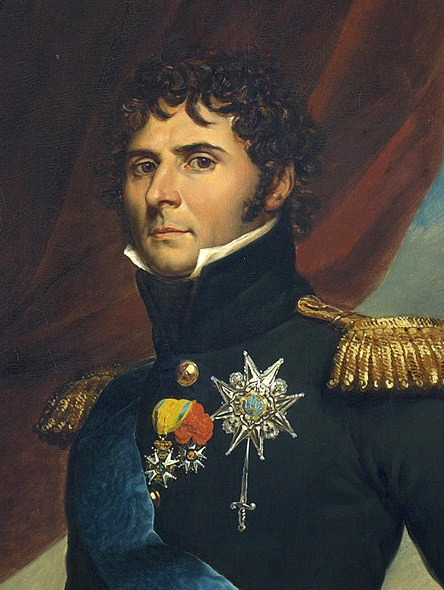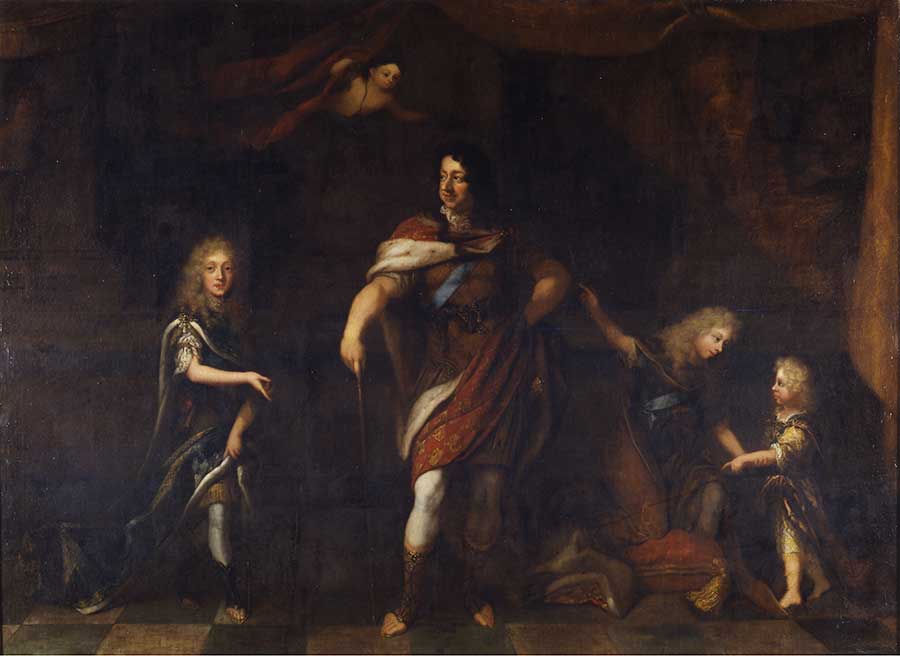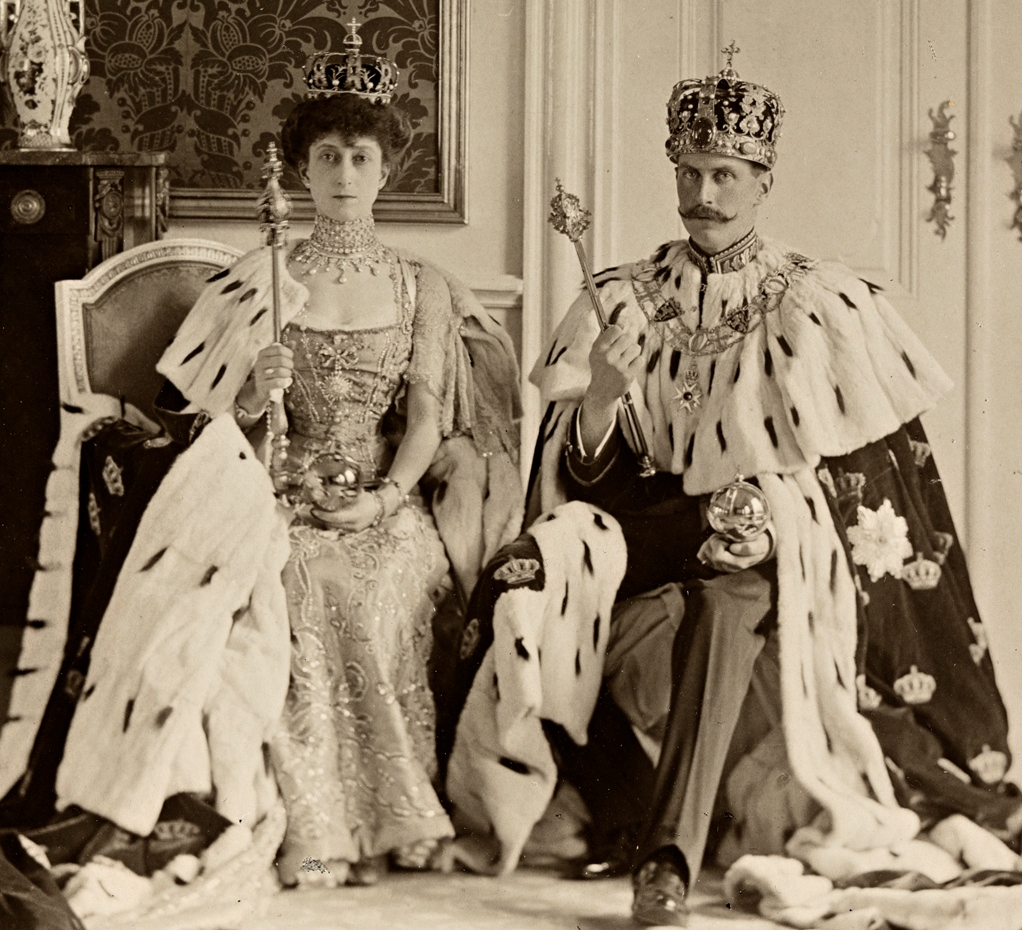|
Erik The Red's Land
Erik the Red's Land () was the name given by Norwegians to an area on the coast of eastern Greenland occupied by Norway in the early 1930s. It was named after Erik the Red, the founder of the first Norse or Viking settlements in Greenland in the 10th century. The Permanent Court of International Justice ruled against Norway in the Eastern Greenland Case in 1933, and the country subsequently abandoned its claims. The area once had an Inuit population, but the last member was seen in 1823 by Douglas Clavering on Clavering Island. By 1931, that part of Greenland was uninhabited and included only three main Norwegian stations ( Jonsbu, Myggbukta and Antarctic Havn) and numerous smaller ones. Origin of the claim The first European settlement in Greenland was established by Norse colonists from Iceland around the year 1000. There were two main Norse settlements on Greenland, but both were on the southwestern coast of the island, far away from the area that later became Erik th ... [...More Info...] [...Related Items...] OR: [Wikipedia] [Google] [Baidu] |
Diplomatic Recognition
Diplomatic recognition in international law is a unilateral declarative political act of a state that acknowledges an act or status of another state or government in control of a state (may be also a recognized state). Recognition can be accorded either on a '' de facto'' or ''de jure'' basis. Partial recognition can occur if many sovereign states refuse to recognize an entity as a peer. Recognition can be a declaration to that effect by the recognizing government or may be implied from an act of recognition, such as entering into a treaty with the other state or making a state visit. Recognition may, but need not, have domestic and international legal consequences. If sufficient countries recognize a particular entity as a state, that state may have a right to membership in international organizations, while treaties may require all existing member countries unanimously agreeing to the admission of a new member. A vote by a country in the United Nations in favour of the mem ... [...More Info...] [...Related Items...] OR: [Wikipedia] [Google] [Baidu] |
Clavering Island
Clavering Island () is a large island in eastern Greenland off Gael Hamke Bay, to the south of Wollaston Foreland. The Eskimonæs radio and weather station was on this island. It was staffed by Danish scientists and was captured by Wehrmacht, German troops in 1943. The place where the station stood had also been the location of the last Inuit settlement in Northeast Greenland around 1823. History The island was named by the second German North Polar Expedition 1869–70 as ''Clavering Insel'' (German for island) to commemorate Douglas Charles Clavering (1794–1827), commander of the ''HMS Griper (1813), Griper'' on the 1823 voyage, which explored the area and, at the southern shore of this island made the first (and last) encounter that Europeans made with the now extinct Northeast-Greenland Inuit. In late August 1823, Clavering and the crew of the ''Griper'' encountered a band of twelve Inuit, including men, women and children. In his journal, Clavering described their seal-s ... [...More Info...] [...Related Items...] OR: [Wikipedia] [Google] [Baidu] |
Treaty Of Kiel
The Treaty of Kiel () or Peace of Kiel ( Swedish and or ') was concluded between the United Kingdom of Great Britain and Ireland and the Kingdom of Sweden on one side and the Kingdoms of Denmark and Norway on the other side on 14 January 1814 in Kiel.Schäfer (2002), p. 137 It ended the hostilities between the parties in the ongoing Napoleonic Wars, where the United Kingdom and Sweden were part of the anti-French camp (the Sixth Coalition) while Denmark–Norway was allied to the French Empire. Frederick VI of Denmark joined the anti-French alliance, ceded Heligoland to George III of the United Kingdom, and further ceded the Kingdom of Norway to Charles XIII, to enter a union with Sweden, in return for Swedish Pomerania. Specifically excluded from the exchange were the Norwegian dependencies of Greenland, Iceland and the Faroe Islands, which remained in the union with Denmark. (Norway would unsuccessfully contest the Danish claim to all of Greenland in the Eastern Green ... [...More Info...] [...Related Items...] OR: [Wikipedia] [Google] [Baidu] |
Bergen Greenland Company
The Bergen Greenland Company (Oswalt, Wendell H. Eskimos and Explorers'. Univ. of Nebraska Press, 1999.) or Bergen Company (''Bergenkompagniet''Culture Greenland.." Sisimiut Museum. Accessed 2 May 2012.) was a Dano-Norwegian private corporation charged with founding and administering Danish-Norwegian colonies and trade in Greenland, as well as searching for any survivors from the former Norse settlements on the island. It operated from 1721 until its bankruptcy in 1727. Although the Bergen Company failed as a concern and both its settlements were destroyed and abandoned, it was ultimately successful in re-establishing sovereignty over Greenland. History The Norwegian Lutheran minister Hans Egede established the company with $9,000 in capital from the Bergen merchants, $200 from the Danish-Norwegian king Frederick IV, and a $300 annual grant from the Royal Mission College.Doody, Richard. ''The World at War'':GREENLAND 1721 - 1953. The merchants hoped to find easily accessible mine ... [...More Info...] [...Related Items...] OR: [Wikipedia] [Google] [Baidu] |
Nuuk
Nuuk (; , formerly ) is the capital and most populous city of Greenland, an autonomous territory in the Kingdom of Denmark. Nuuk is the seat of government and the territory's largest cultural and economic center. It is also the seat of government for the Sermersooq municipality. In January 2025, it had a population of 20,113more than a third of the territory's populationmaking it one of the smallest capital cities in the world by population. The city was founded in 1728 by the Danish-Norwegian missionary Hans Egede when he relocated from the earlier Hope Colony (), where he had arrived in 1721; the governor Claus Paarss was part of the relocation. The new colony was placed at the Inuit settlement of Nûk and was named ''Godthaab'' ("Good Hope"). "Nuuk" is the Greenlandic word for "cape" () and is commonly found in Greenlandic place names. It is so named because of its position at the end of the Nuup Kangerlua fjord on the eastern shore of the Labrador Sea. Its latitude, ... [...More Info...] [...Related Items...] OR: [Wikipedia] [Google] [Baidu] |
Catholic
The Catholic Church (), also known as the Roman Catholic Church, is the List of Christian denominations by number of members, largest Christian church, with 1.27 to 1.41 billion baptized Catholics Catholic Church by country, worldwide as of 2025. It is among the world's oldest and largest international institutions and has played a prominent role in the history and development of Western civilization.Gerald O'Collins, O'Collins, p. v (preface). The church consists of 24 Catholic particular churches and liturgical rites#Churches, ''sui iuris'' (autonomous) churches, including the Latin Church and 23 Eastern Catholic Churches, which comprise almost 3,500 dioceses and Eparchy, eparchies List of Catholic dioceses (structured view), around the world, each overseen by one or more Bishops in the Catholic Church, bishops. The pope, who is the bishop of Rome, is the Papal supremacy, chief pastor of the church. The core beliefs of Catholicism are found in the Nicene Creed. The ... [...More Info...] [...Related Items...] OR: [Wikipedia] [Google] [Baidu] |
Protestant Christian
Protestantism is a branch of Christianity that emphasizes justification of sinners through faith alone, the teaching that salvation comes by unmerited divine grace, the priesthood of all believers, and the Bible as the sole infallible source of authority for Christian faith and practice. The five ''solae'' summarize the basic theological beliefs of mainstream Protestantism. Protestants follow the theological tenets of the Protestant Reformation, a movement that began in the 16th century with the goal of reforming the Catholic Church from perceived errors, abuses, and discrepancies. The Reformation began in the Holy Roman Empire in 1517, when Martin Luther published his '' Ninety-five Theses'' as a reaction against abuses in the sale of indulgences by the Catholic Church, which purported to offer the remission of the temporal punishment of sins to their purchasers. Luther's statements questioned the Catholic Church's role as negotiator between people and God, especially wh ... [...More Info...] [...Related Items...] OR: [Wikipedia] [Google] [Baidu] |
Frederick IV Of Denmark
Frederick IV (Danish language, Danish: ''Frederik''; 11 October 1671 – 12 October 1730) was List of Danish monarchs, King of Denmark and List of Norwegian monarchs, Norway from 1699 until his death. Frederick was the son of Christian V of Denmark-Norway and his wife Charlotte Amalie of Hesse-Kassel. Early life Frederick was born on 11 October 1671 at Copenhagen Castle as the eldest son of King Christian V and his spouse Charlotte Amalie of Hesse-Kassel. His grandfather King Frederick III of Denmark, Frederick III had died a year and a half before he was born, and as the eldest son of the ruling King he was thus Crown Prince from birth. The newborn prince was baptised the same evening with the name Frederick by the royal confessor Hans Leth. The royal baptismal font (Denmark), royal baptismal font, which has been used for the baptism of the royal children in Denmark ever since, was used for the first time at his christening. At the age of 18, he was given a seat on the Council ... [...More Info...] [...Related Items...] OR: [Wikipedia] [Google] [Baidu] |
Hans Egede
Hans Poulsen Egede (31 January 1686 – 5 November 1758) was a Denmark–Norway, Danish-Norwegian Lutheran missionary priest who launched mission efforts to Greenland, which led him to be styled the Apostle of Greenland. He established a successful mission among the Inuit and is credited with revitalizing Danish-Norwegian interest in the island after contact had been broken for about 300 years. He founded Greenland's capital Godthåb, now known as Nuuk. Background Hans Egede was born into the home of a Danish-born civil servant, the priest son Povel Hansen Egede, and the Norwegian-born Kirsten Jensdatter Hind, daughter of a local merchant, in Harstad Municipality, Harstad, Norway, nearly north of the Arctic Circle. His paternal grandfather had been a vicar in Vester Egede on southern Zealand (Denmark), Zealand, Denmark. Hans was schooled by an uncle, a clergyman in a local Lutheran Church. In 1704 he travelled to Copenhagen to enter the University of Copenhagen, where he earned ... [...More Info...] [...Related Items...] OR: [Wikipedia] [Google] [Baidu] |
Late Middle Ages
The late Middle Ages or late medieval period was the Periodization, period of History of Europe, European history lasting from 1300 to 1500 AD. The late Middle Ages followed the High Middle Ages and preceded the onset of the early modern period (and in much of Europe, the Renaissance). Around 1350, centuries of prosperity and growth in Europe came to a halt. A series of famines and Plague (disease), plagues, including the Great Famine of 1315–1317 and the Black Death, reduced the population to around half of what it had been before the calamities. Along with depopulation came social unrest and endemic warfare. Kingdom of France, France and Kingdom of England, England experienced serious peasant uprisings, such as the Jacquerie and the Peasants' Revolt, as well as over a century of intermittent conflict, the Hundred Years' War. To add to the many problems of the period, the unity of the Catholic Church was temporarily shattered by the Western Schism. Collectively, those events ar ... [...More Info...] [...Related Items...] OR: [Wikipedia] [Google] [Baidu] |
King Of Norway
The Norwegian monarch is the head of state of Norway, which is a constitutional and hereditary monarchy with a parliamentary system. The Norwegian monarchy can trace its line back to the reign of Harald Fairhair and the previous petty kingdoms which were united to form Norway; it has been in unions with both Sweden and Denmark for long periods. The present monarch is King Harald V, who has reigned since 17 January 1991, succeeding his father, Olav V. The heir apparent is his only son, Crown Prince Haakon. The crown prince undertakes various public ceremonial functions, as does the king's wife, Queen Sonja. The crown prince also acts as regent in the king's absence. There are several other members of the royal family, including the king's daughter, grandchildren and sister. Since the dissolution of the union between Norway and Sweden and the subsequent election of a Danish prince as King Haakon VII in 1905, the reigning royal house of Norway has been a branch of the ... [...More Info...] [...Related Items...] OR: [Wikipedia] [Google] [Baidu] |






